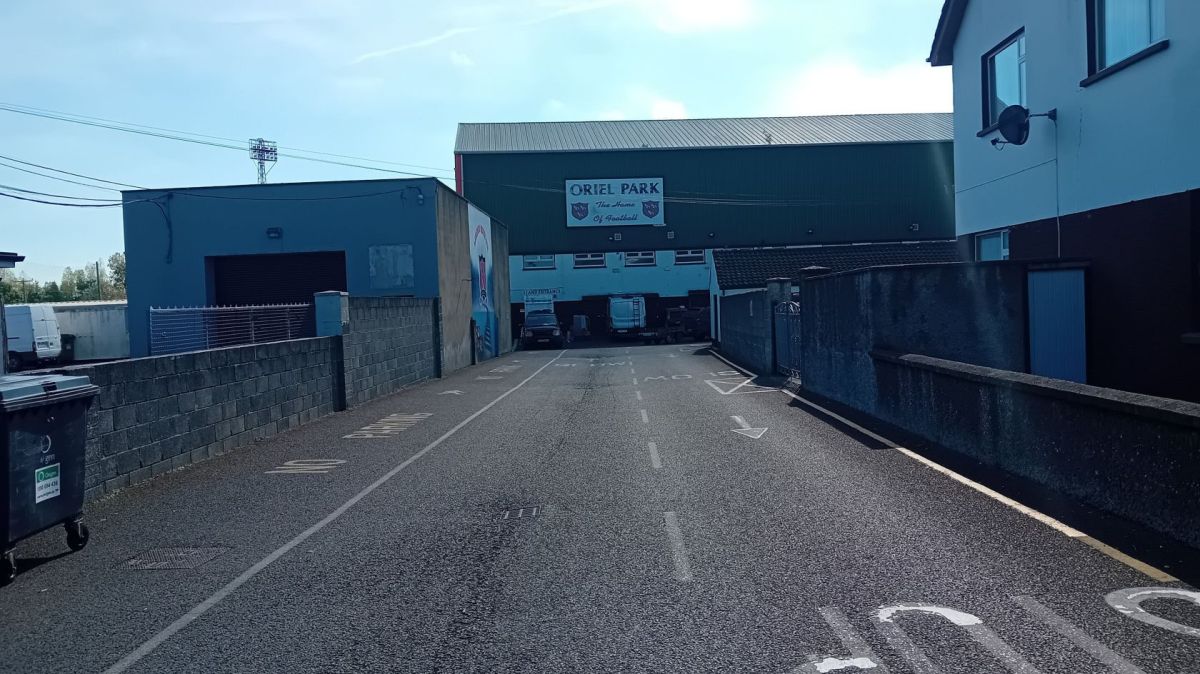Seven names from each of the three meteorological services are on this season's list.
The submissions from Met Éireann were selected from a list of over 500 ideas that elementary school students who took part in the ESB Science Blast in February of last year submitted.
Conall, Darragh, Hugo, Izzy, Poppy, Naoise, and Vivienne are among them.
The remaining names are: Mavis, Otje, Rafi, Sayuri, Tilly, Wren, Ashley, Bert, Éowyn, Floris, Gerben, James, Kayleigh, Lewis, and Mavis.
In keeping with the name tradition of the US National Hurricane Centre, the letters Q, U, X, Y, and Z are not included.
"People are more likely to remember and respond to warnings when storms are named," stated Eoin Sherlock, Head of Forecasting Division at Met Éireann, "so helping to protect life and property from extreme weather is our key priority."
Storms are given names that allow for more coordination in the way services react to the occurrences when they have the potential to have "medium" or "high" impacts in one of the three partner nations.
The national weather agency that is most likely to be directly affected identifies a storm when one is anticipated.
The Netherlands joined Met Éireann and the UK Met Office in 2019 as partners in the naming scheme, which they started in 2015.
"97% of people within the amber and red warning areas were aware of the warnings and 89% of them took action as a result," stated Will Lang, Head of Situational Awareness at the UK Met Office, following Storm Babet.
Storm names are also assigned by other national meteorological service organisations in the US and Europe, and once assigned, the names are used by all agencies.
This includes storms like Charley (August 25, 1986) and Ophelia (16 October 2017), which, although having lost most of their intensity, had significant effects in Ireland as they crossed the Atlantic.









